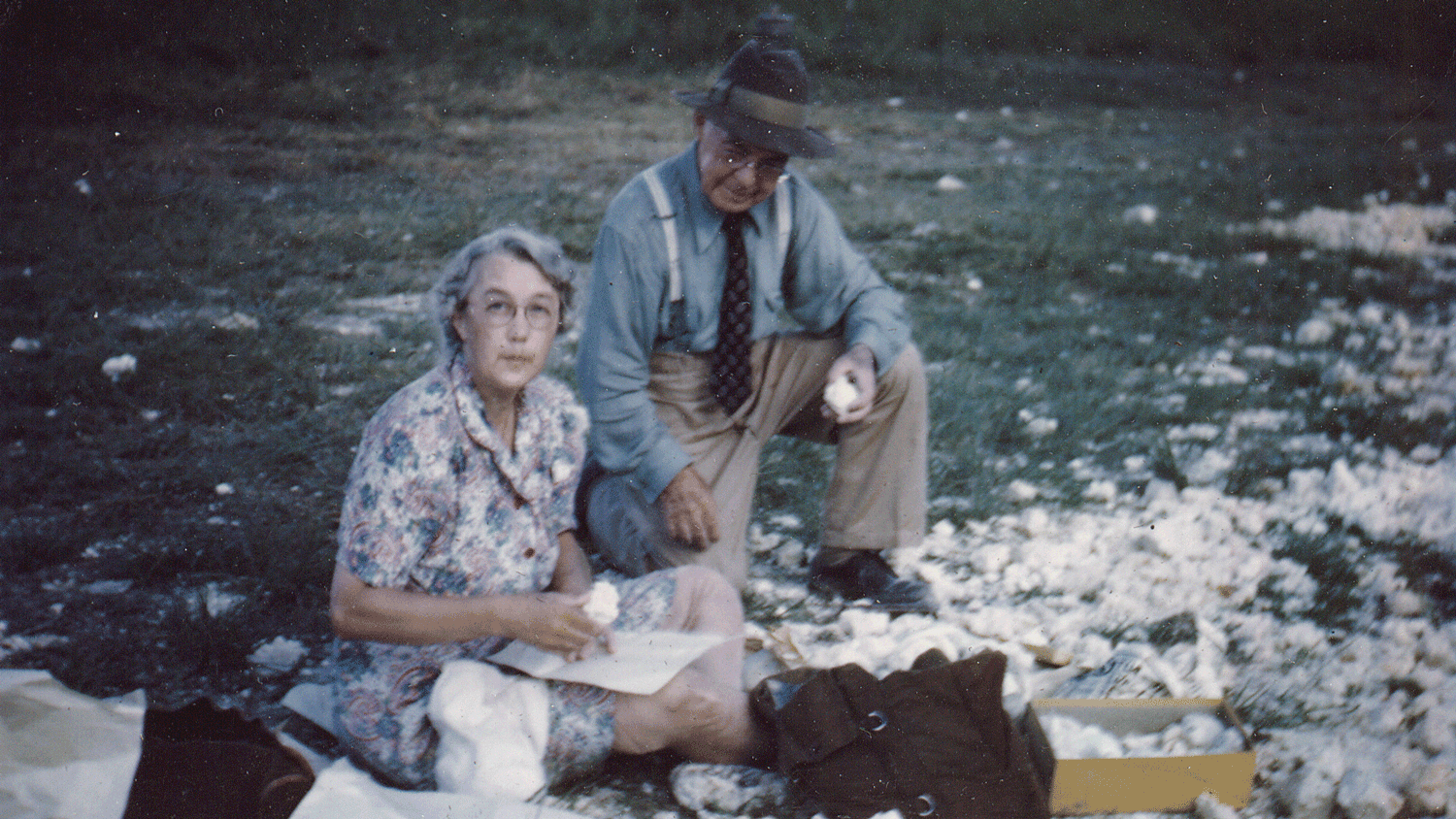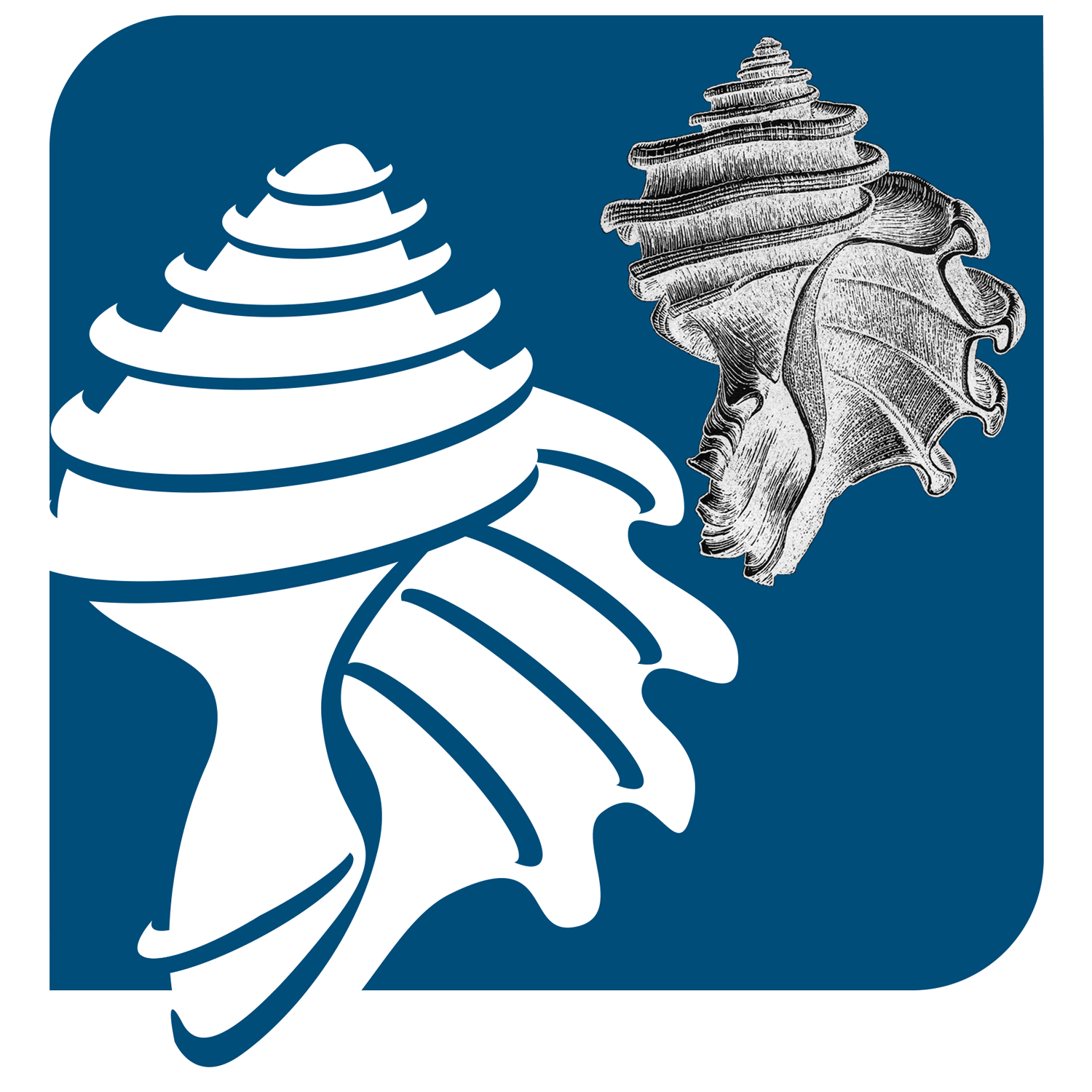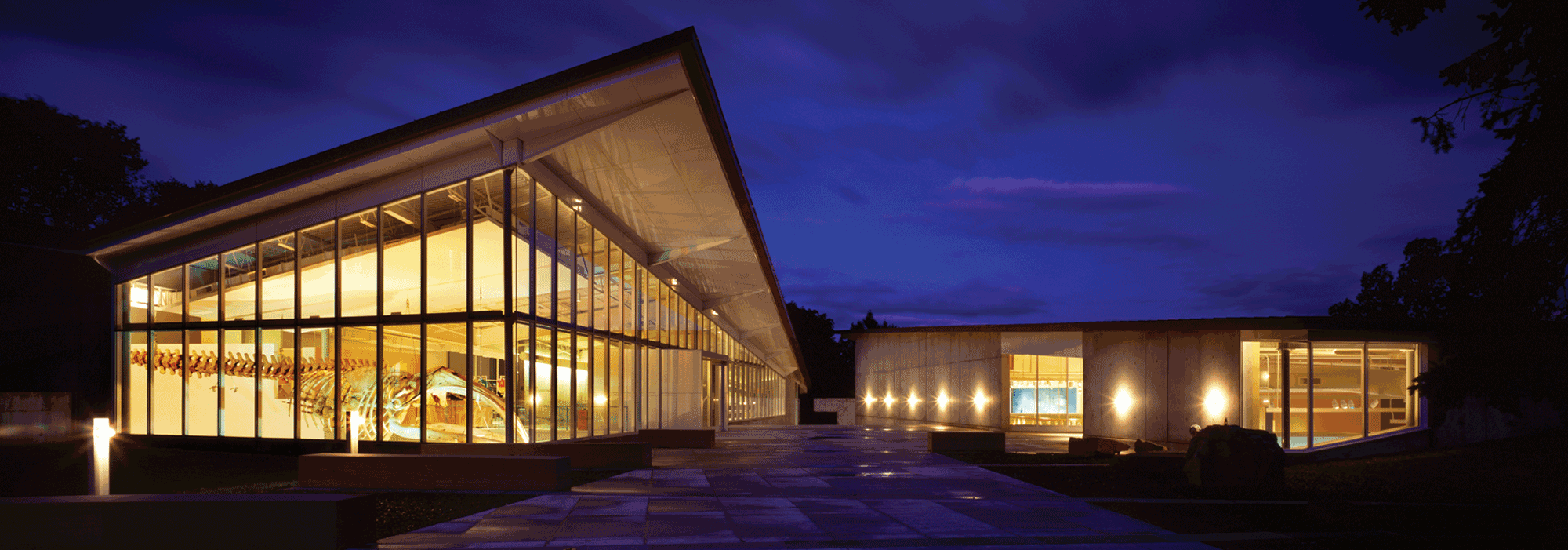Get the Rest of the Story!
Download a FREE copy of The First 75 Years: A History of the Paleontological Research Institution and learn even more about PRI’s beginnings. | 26 MB
Our History
Founded in 1932, the Paleontological Research Institution has outstanding programs in research, collections, publications, and public education. The Institution cares for a collection of more than seven million specimens (one of the ten largest paleontological collections in the U.S.), and publishes Bulletins of American Paleontology, the oldest paleontological journal in the Western Hemisphere, begun in 1895. PRI is a national leader in the development of informal (i.e., outside the classroom) Earth science education resources for educators and the general public.
PRI’s Museum of the Earth was established in 2003 to provide the general public with a unique opportunity to explore our world through a mix of natural history displays, interactive science features, and art exhibitions. The museum’s 8,000-square-foot permanent exhibition takes visitors on a journey through 4.5 billion years of history, from the Earth’s origin to the present day. Through hands-on, visual exhibitions and outreach, the Museum of the Earth encourages critical thinking about life on Earth in the past and today, and how our species is affecting the natural world.
In 2013, the Cayuga Nature Center became PRI's newest public venue for education. The Nature Center cultivates an awareness, appreciation, and responsibility for the natural world through outdoor and environmental education. The goal is to transform the Nature Center into a premier educational center for teaching and learning about the impact of climate change on the fauna and flora of Tompkins County.
PRI and its two public venues for education, the Museum of the Earth and the Cayuga Nature Center, are separate from, but formally affiliated with Cornell University, and interact closely with numerous University departments in research, teaching, and public outreach.
Additional Details
PRI was founded by Gilbert Dennison Harris (1865-1952). Harris graduated from Cornell University in 1886, and returned as a professor of geology in 1895. Over the next 40 years, he established himself as one of the most important American invertebrate paleontologists of his generation. He was an expert on fossil mollusks, specifically those from the Cenozoic Era (the past 65 million years) found on the U.S. Gulf and Atlantic Coastal Plains. He also trained many graduate students who went on to accomplished careers in paleontology and geology.
Frustrated at delays in getting some of his own research published, Harris established his own scientific printing enterprise, founding Bulletins of American Paleontology in 1895, and printing it himself on a press located in McGraw Hall on the Cornell University campus. Approaching retirement, and worried that Cornell would not care for his legacy, Harris urged the administration to provide new space on campus for his collections and printing enterprise, along with guarantees that these would be maintained in perpetuity.
What is that shell on PRI’s logo?
Cornell rebuffed him, and so Harris decided that he would found his own separate scientific organization. On June 28, 1932, he held a simple but formal ceremony with family, friends, and former students to lay the cornerstone for a tiny building on a small plot of land adjacent to his home behind Cornell’s north campus. He called his new organization the Paleontological Research Institution, and received a charter for it from New York State. Harris laid out high scientific standards for his organization. Although it was small and lacked adequate funding, PRI’s large collections and widely respected professional journals established its reputation in the scientific research community. Yet Harris envisioned it as almost exclusively a research organization, with little attention given to public education.
Harris died in 1952, and his former student and protëgé, Katherine V.W. Palmer (1895-1982), became PRI’s Director. Palmer was herself a highly accomplished paleontologist, and the first woman to receive American paleontology’s highest honor, the Paleontological Society Medal. Throughout the 1950s, she continued to publish the Bulletins and add to the collections, eventually outgrowing the PRI’s small home. In 1966, PRI purchased a large stone building on 6.3 acres on Ithaca's West Hill, across Cayuga Lake from Cornell. The 10,000 square-foot tudor-style structure had been built in 1926-27 as an orphanage by a fraternal organization, the International Order of Odd Fellows. By the end of 1968 the move to West Hill was completed.
Katherine Palmer retired in 1978, and was succeeded by Peter Hoover (1939-2019), who professionalized the journals.
In 1992, Warren Allmon became PRI’s fourth Director. He greatly expanded PRI’s educational outreach, obtained funds from the National Science Foundation for collections care, and rebuilt connections with Cornell.
Under Allmon’s leadership, in 1994, PRI began thinking about building a new physical structure to serve as a public museum space. Major initial funding from The Park Foundation and New York State in 1996 allowed the project to proceed. The New York City architecture firm of Weiss/Manfredi was hired to design the building, and began work in January 1999. The Museum of the Earth opened to the public on September 26, 2003.
Today, the Museum welcomes approximately 30,000 visitors a year. The building's design has received regional and national architectural acclaim. The Museum and its exhibits and programs have received national and international media attention. It is a significant regional tourist attraction as well as a major educational resource for central New York, and it is also a popular spot for community events.
The History of the Museum of the Earth at the Paleontological Research Institution
PRI’s Research Collection contains more than 7 million specimens, making them among the 10 largest in the United States. The Bulletins continues, and is now the oldest paleontological journal in the Americas. PRI’s staff continues the tradition of primary research, pursuing topics from macroevolution to conservation paleobiology. PRI has also become a national leader in informal (outside-the-classroom) Earth science education, providing resources to students and teachers across the country.
In 2004, PRI and Cornell signed an agreement of affiliation, formally ending more than 70 years of estrangement. In 2008, the position of Hunter R. Rawlings III Professor of Paleontology was created in Cornell’s Department of Earth and Atmospheric Sciences. This professorship can only be held by PRI’s Director, providing yet another formal connection between the two institutions.
On January 24, 2011, PRI’s Board of Trustees voted to merge with the Cayuga Nature Center. Located four miles north of PRI, the Nature Center encompasses 120 acres of woodland and fields overlooking Cayuga Lake, as well as the 32-acre Smith Woods in Trumansburg, the largest piece of old-growth forest in central New York. The Nature Center has a long history of providing nature-oriented summer camp and educational programs to the Ithaca community. The merger became official in January 2013. Today the Nature Center provides PRI with an array of indoor and outdoor opportunities to expand its educational mission to teach about the Earth and its life—focusing especially on the natural history of the Cayuga Lake Basin.








